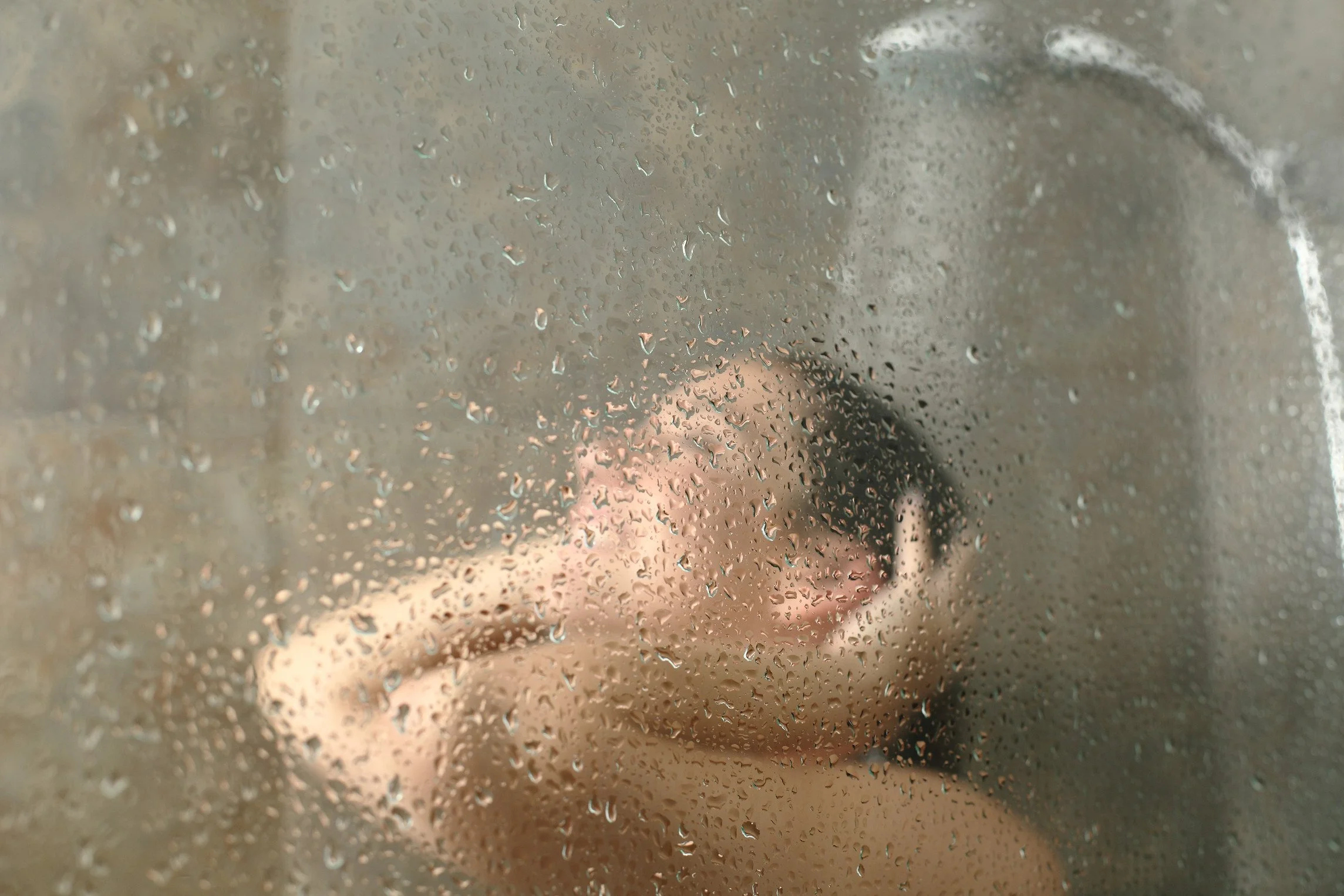The Five Most Common Room Allergens
DUST MITES
The single most pervasive allergen that travelers encounter is dust mites. Mattresses and pillows provide an ideal environment for dust mite nesting sites. An unprotected mattress may have anywhere from 10,000 to 10 million dust mites inside.
Studies have found that the proteins produced by dust mites are the most common trigger of allergy and asthma symptoms.
AllerEase® rooms protect guests by encasing pillows, mattresses, and duvets with hypoallergenic covers. The pores on these specially-woven cases are too small for dust mites to pass through.
Guests with a sensitivity to dust mites will sleep noticeably better because their noses won’t become stuffy during the night. They will awaken more rested and refreshed.
POLLEN
Pollen is probably the best known allergen. The nasal symptoms related to pollen allergies are called "hay fever," or seasonal allergic rhinitis. Tree pollen typically causes allergy symptoms in the spring; grass and weed pollens tend to make allergies worse in the summer and fall.
Pollen is not limited to outdoors; these microscopic particles are often brought into a hotel room on clothes, skin and hair. Pollen remains a potential problem once inside. Although it is a fairly heavy substance, pollen will fall to rest on surfaces quite quickly, where it can still be disturbed and cause ongoing symptoms.
If you have a known sensitivity to pollen or other airborne particulates like pet dander, we suggest you request an AllerEase® room with a HEPA air purifier. The HEPA air purifiers in AllerEase® Hotels remove airborne particles like pollen, pet dander, mold spores, bacteria, and even airborne viruses like Covid-19 and its variants.
PET DANDER ALLERGENS
Many people are allergic to pet dander. Contrary to popular belief, it is not the shedding of cat or dog hair that is the issue; instead, it is the protein produced in their skin that causes allergic responses.
These proteins are tiny and can remain suspended in the air for extended periods (unlike pollen or dust mite allergens that are relatively heavy and tend to settle on surfaces).
If you regularly experience allergy symptoms, we suggest you call AllerEase® Hotels directly to reserve an AllerEase® room with a HEPA air purifier for your next trip.
MOLD
Molds are microscopic fungal organisms. They are present in most places, both outdoor and indoors. Mold grows by digesting plant or animal matter, such as leaves, wood, and food. They spread by releasing tiny, lightweight spores that travel through the air.
Proteins in the secretions of the mold filament are capable of causing allergy reactions in people. Symptoms of a mold allergy are those typical of many other allergies. They can include wheezing, stuffy or runny nose, itchy, watery eyes, and even rashes or hives.
Mold spores range in size from 1 to 20 microns, so a HEPA air purifier can remove most of the airborne mold spores present in a guest room.
CHLORINE
Most cities add chlorine to their water supply as a disinfectant. This is effective, but chlorine strips skin and hair of their natural oils even at low levels. Skin dries out, and hair becomes brittle and hard to manage.
Low-level chlorine exposure has long-term health consequences. Studies published in clinical journals have linked exposure to chlorine in showers and baths to higher cancer risk.
Also, chlorine evaporates and gathers in high concentration levels in shower steam. This is a known asthma trigger for children suffering from bronchitis.






